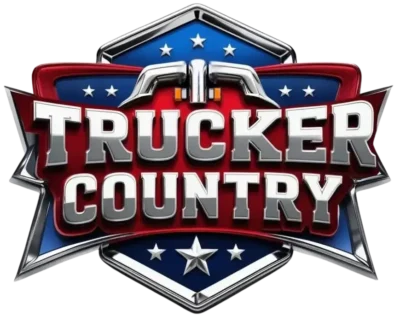You must get an California commercial driver’s license (CDL) to be able to drive commercial vehicles in California. For Federal CDL Requirements applicable to every state, click here.
California adopted the Federal Commercial Motor Vehicle Safety Act of 1986, and is part of a nationally uniform system of classifying, testing, and licensing commercial vehicle drivers.
- When is an California CDL Required
- California CDL Age Requirements
- How to Apply for an California CDL
- How Much Does the CDL California Cost?
- California Truck Driving Schools and CDL Resources
When is an California CDL Required
You need an California CDL when you operate the following vehicles:
CLASS A – Applies only to “combination” vehicles with a Gross Combination Weight Rating (GCWR) more than 26,000 pounds, and the Gross Vehicle Weight Rating (GVWR) of the vehicle being towed is more than 10,000 pounds. A driver with a Class A CDL (plus any appropriate endorsements) can also operate all vehicles included in Class B, C, and D (below)
CLASS B – Includes single or combination vehicles where the GVWR of the single vehicle is more than 26,000 pounds. The vehicle being pulled must not be more than 10,000 pounds. A driver with an California Class B CDL (plus appropriate endorsements) can also legally operate all vehicles in Class C or D.
CLASS C – Any single vehicle, or combination of vehicles, that meets neither the definition of Group A nor that of Group B as contained in this section, but that either is designed to transport 16 or more passengers including the driver, or is used in the transportation of materials found to be hazardous for the purposes of the Hazardous Materials Transportation Act and which require the motor vehicle to be placarded under the Hazardous Materials Regulations (49 CFR part 172, subpart F).
CLASS D – Private passenger, regular operator.
California CDL Age Requirements
You must be at least 18 years of age to drive commercial motor vehicles (CMVs) within state lines (intrastate) only.
Drivers must be at leat 21 years old to:
- commercial vehicles across state lines (interstate)
- haul hazardous materials which require placarding or
- operate vehicle with doubles or triples trailers
How to Apply for an California CDL
See CDL Documentation and Identification Requirements for California here and in the California CDL manual.
- Current Department of Transportation long medical form (unless medically exempt).
- Transportation Security Administration background check if transferring or obtaining a hazardous materials endorsement.
- If not a U.S. citizen, applicant must legally be in permanent status in the United States and domiciled in California.
How Much Does the CDL California Cost?
Note: You must pay the fees for your commercial drivers license BEFORE you take your knowledge tests. After paying the fees for the general knowledge, air brakes, and endorsements you wish to acquire you will then have three attempts to pass each portion of the exam. You must also have your medical examiners card or DOT medical card before applying.
The fees are as follows:
Commercial Class A or B
- an original (with or without a driving test) $70
- a renewal $41
- a commercial driving or skill retest $30
- a duplicate (replacement) license $31
- a name change $27
- to remove a restriction(s) imposed due to vehicle size or equipment
- (DT required) $70
- add an endorsement other than PV $41
- add a passenger transport endorsement (PV) $70
- add noncommercial Class A to a Class B $41
- add a motorcycle license (Class M1 or M2) $33
- add a firefighter endorsement $27
Commercial Class C
- an original (with/without a driving test) $41
- a renewal $41
- an upgrade:
- to remove an air brake restriction (DT required) $41
- to add an endorsement not requiring a driving test $41
- to add a motorcycle license (Class M1 or M2) $33
- to add a Firefighter endorsement $27
- a commercial driving or skill retest $30
- a duplicate (replacement) license $31
- a name change $27
Sources:
Official California CDL Handbook
California DMV
FMSCA Guidelines
